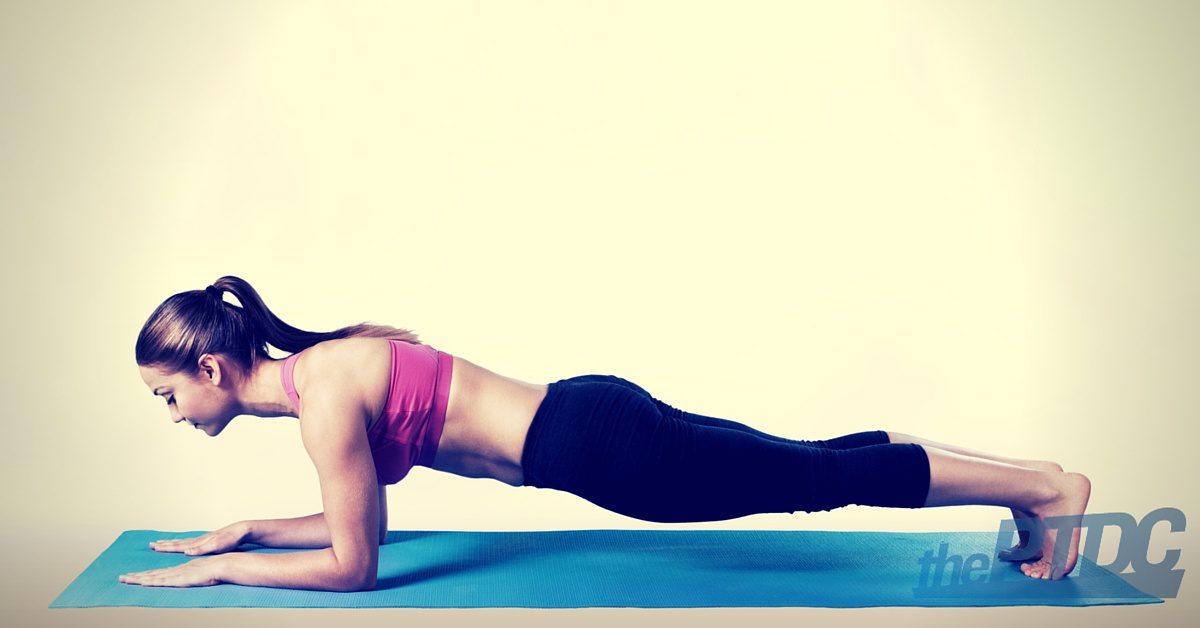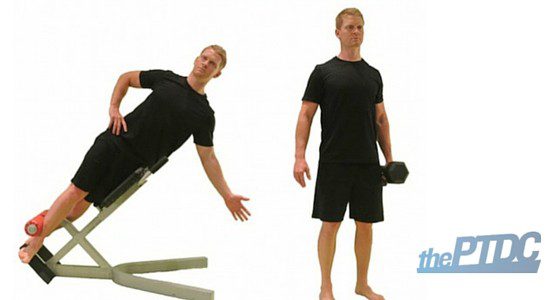When most people think of core training, they typically conjure up images of exercisers grunting through crunches and sit-ups.
In actuality, those movements really involve you just bending forward to lift your back off the ground and bracing your abs with a flexed spine. That doesn't sound like an effective core workout to me.
Plus, if your client's goal is six-pack abs, we know that abs are made more visible from dieting, not from doing endless crunches. Contrary to popular belief, the core comprises far more than just the four, six, or eight muscles that are visible in the stomach region.
Some describe the entire core as a box, with the abs up front and center, glutes and paraspinals in the back, hip girdle and pelvic floor at the bottom, and diaphragm at the top. Others refer to it as the anatomy between the knees and the sternum, with an emphasis on the abdominals, low back, and hips.

In any case, the "core" clearly goes far beyond the rectus abdominis.
Unfortunately for people doing 100 sit-ups or crunches a day, those exercises simply don't work all the muscles. The best way to work the core is to perform compound exercises—big lifts like the squat, deadlift, pull-up, and overhead press, which force the muscles to stabilize the spine.
This research from the Journal of Strength & Conditioning Research found that the abdominal muscles were better activated with integrated core exercises (with glutes and shoulders recruited at the same time), as opposed to complete isolation.
In addition, Stuart McGill, the preeminent authority on spine biomechanics, makes this argument for a different approach to core training in Low Back Disorders:
"Strength appears to have little, or a very weak, relationship with low back health. Strength is for athletic performance objectives. In contrast, muscular endurance, when separated from strength, appears to be linked with better back health."
Free weight compound movements, like squats, are fantastic for building core endurance because all the muscles around the midsection (glutes, spinal erectors, hip flexors, obliques) must fire to stabilize the body.
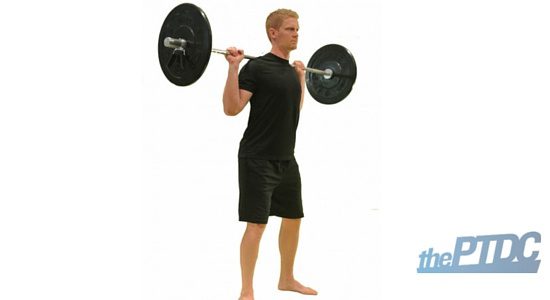
That's not to say we can't help clients further develop their stability and resist being pulled in multiple directions during exercise. If they can improve their core stability by doing additional core work, they can get stronger and perform better. Here are my favorite supplementary core exercises.
"Resist" core exercises
Planks
Since the various core muscles are best trained as a single unit, isometric resistance-type movements at all angles (forward, backward, and lateral) are ideal. The plank is a great place to start. Not only do they incorporate a lot more than the abs, but if your clients are doing a lot of squats and deadlifts, which resist spinal flexion, planks provide a much-needed dose of extension resistance.
Take note of these four critical coaching points:
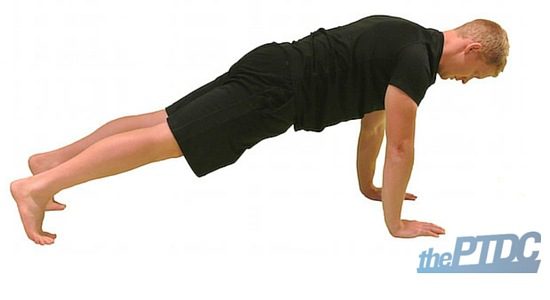
- Position shoulders directly over the hands.
- Squeeze the glutes and slightly round the spine to prevent extension.
- Pull the feet and hands into the ground as if the client is trying to bring them toward each other.
- The goal is quality, not quantity.
Aside from your standard front and side planks, you can challenge your more advanced clients with variations I classify as "active planks."
In addition, planks can be a great "finisher" for a training session, or incorporated into higher-intensity metabolic workouts.
Weighted carries
Standing or hanging isometric holds and weighted carries are also extremely effective for building up the core's ability to "resist" in multiple directions: anti-flexion, anti-extension, anti-rotation, and anti-lateral flexion. They can also help with posture and increase the daily step count, if that's important to your client.
Pallof press
The Pallof press helps build a solid anti-rotational base. It involves positioning the body perpendicular to a source of resistance (a pulley or resistance band), "pressing" the interlocked fists from the sternum, and fully extending the arms in front of the body.
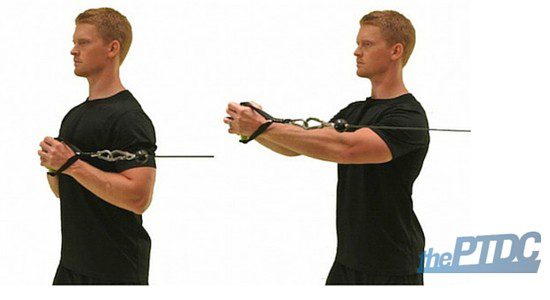
You can have your clients do Pallof variations while standing, kneeling, or half-kneeling, and you can have them press at different angles, including straight overhead. In any variation, make sure your client keeps his shoulder blades retracted, his head and torso aligned, and his body symmetrical from right to left.
Rotational core exercises
Once you've helped your client build a solid base of core strength, stability, and endurance through anti-motion exercises, you're ready to progress to more challenging maneuvers.
Just make sure you've built that resistance base. Without it, your clients won't have the control to avoid the danger zones at the far ends of their range of motion. Try working from slower, more controlled variations, like the half-kneeling trunk twist.
From there you can move on to faster and more explosive stuff, like the seated med ball twist.
Similar to the plank variations, these twisting exercises are a great addition to HIIT workouts, or finishers for more traditional resistance workouts. I prefer the latter, as they're less likely to tire you out and negatively affect your pushing or pulling performance.
In all cases, be sure to teach your clients to activate and fire the muscles needed to stabilize the core in a variety of positions before they attempt any of these dynamic twisting movements.
Other trainers found these articles helpful:
- The Personal Trainer's Guide to Diastasis Recti by Jessie Mundell
- The Best Core Exercise to Strengthen Your Spine by Matthew Ibrahim
- Planks: The Magic Sauce to Fix Hip Tightness and Increase Mobility by Dean Somerset


